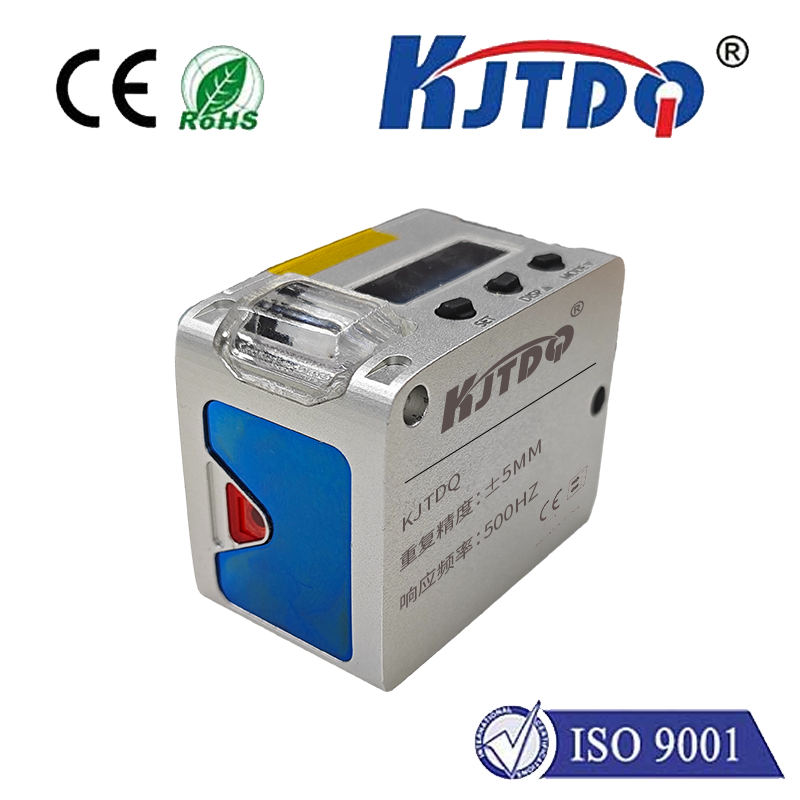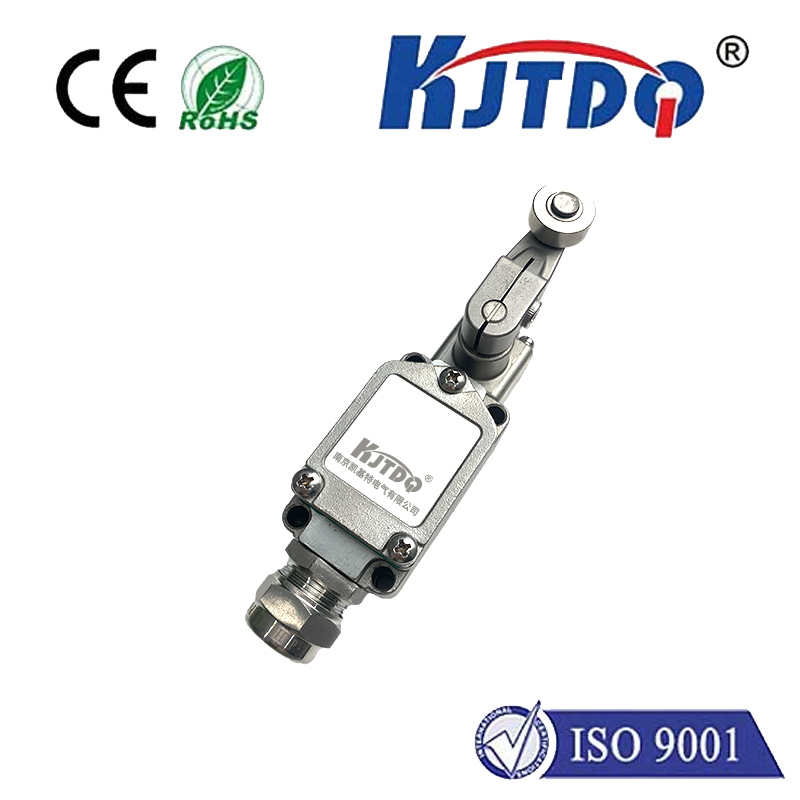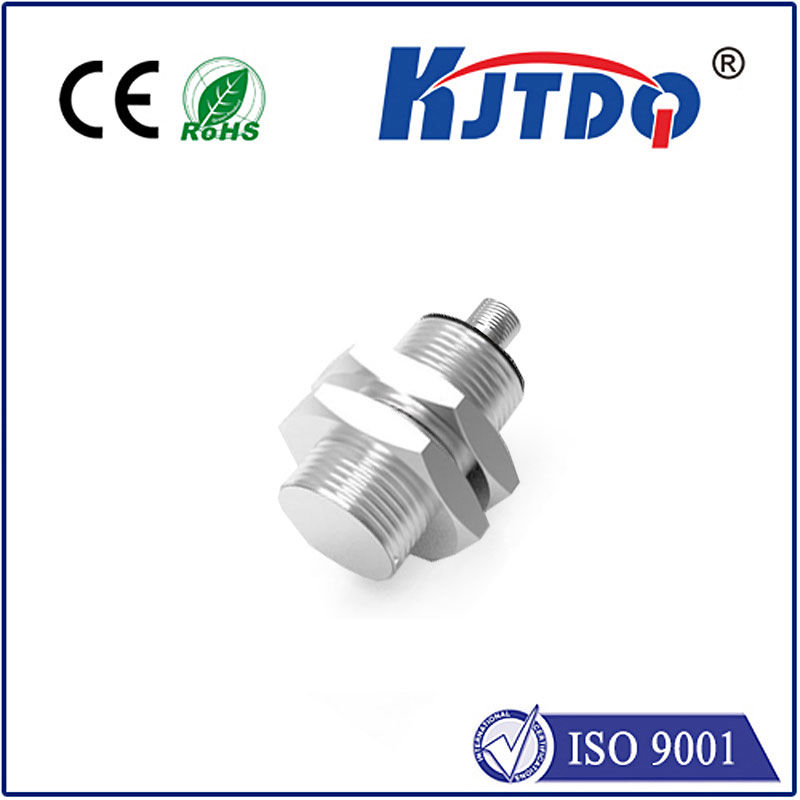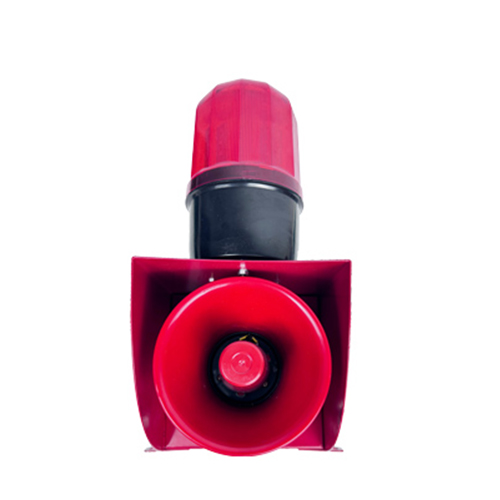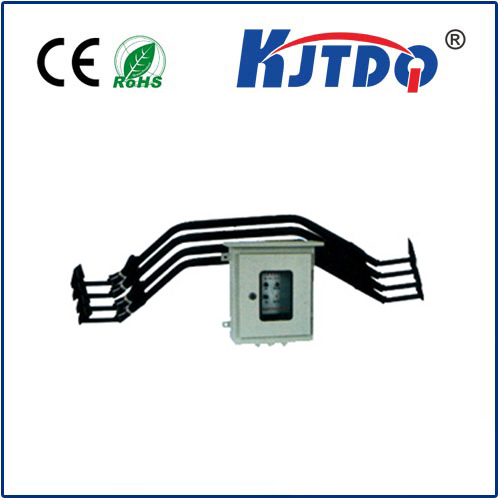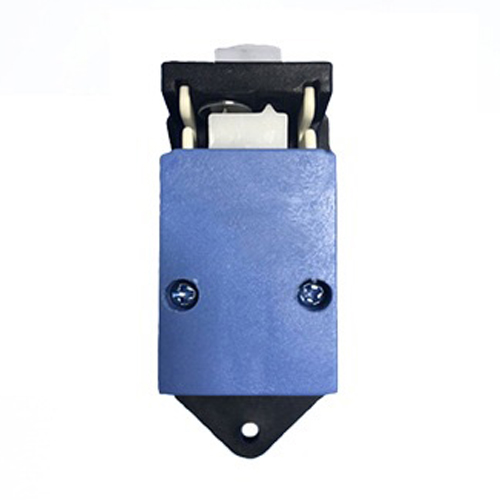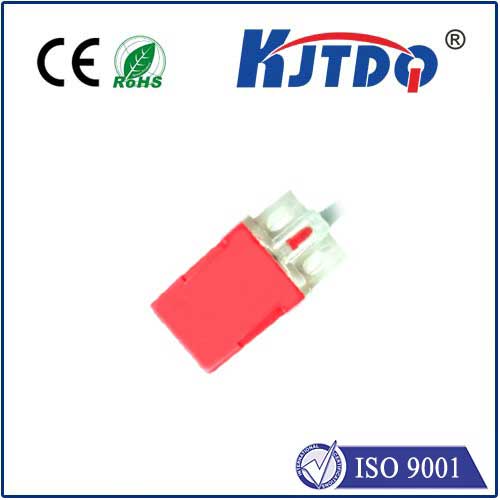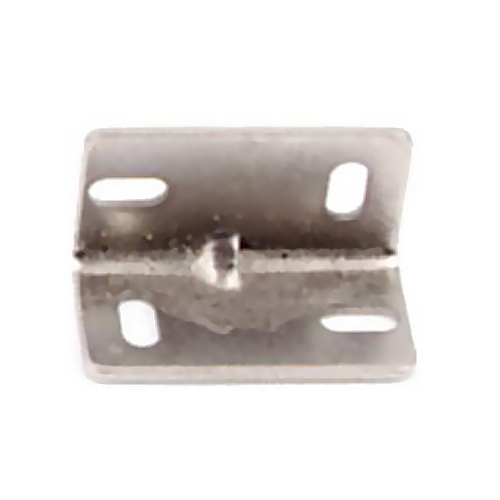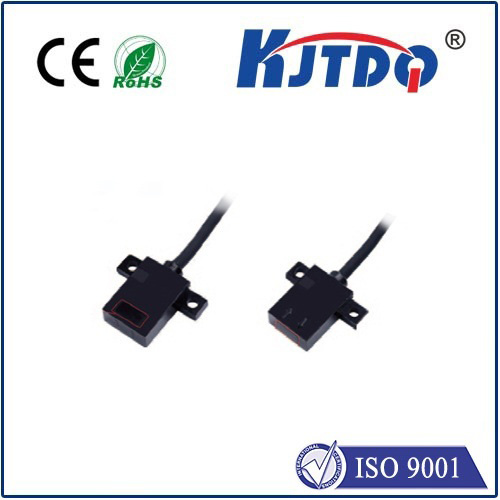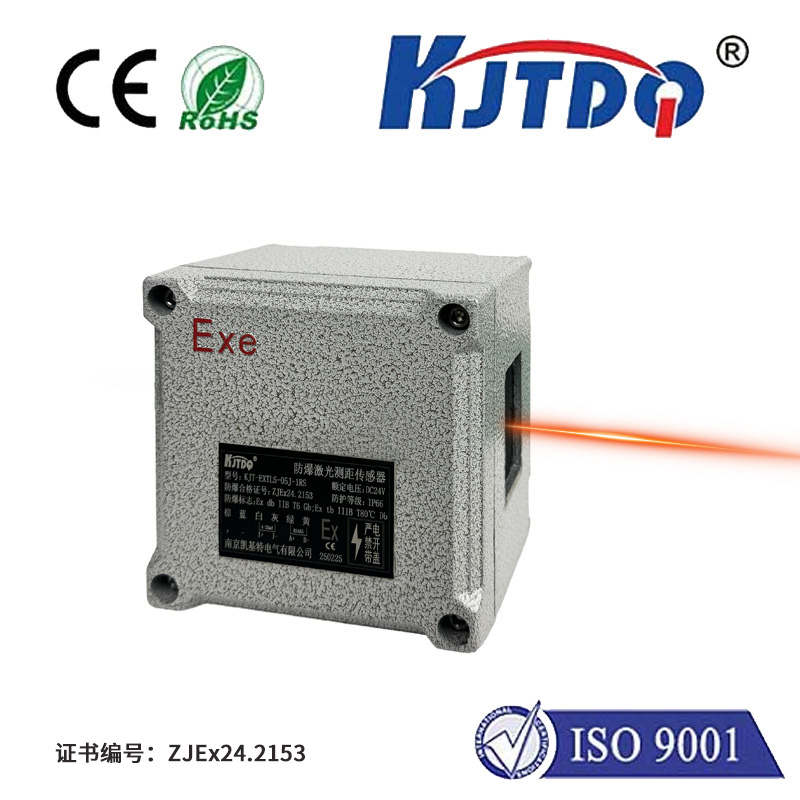

check

check

check

check

check

check

check

check

check

check

Title: The Inductive Type Sensor: A Comprehensive Guide Introduction In the world of industrial automation, sensors play a crucial role in ensuring the efficient and accurate operation of machinery. One such sensor is the inductive type sensor, which is widely used in various applications due to its reliability, durability, and versatility. In this article, we will explore the basics of inductive type sensors, their working principle, advantages, and applications. Basics of Inductive Type Sensors An inductive type sensor is a device that detects the presence of a metal object using electromagnetic fields. It consists of two main components: a coil and a magnetic core. The coil generates an electromagnetic field when an alternating current flows through it, while the magnetic core focuses the field on a specific area. When a metal object comes close to the sensor, it disrupts the electromagnetic field, causing a change in the inductance of the coil. This change is then measured and converted into a digital signal by the sensor’s electronic circuitry. Based on this signal, the sensor can determine the position, speed, or distance of the metal object. Working Principle of Inductive Type Sensors The working principle of inductive type sensors can be explained through Faraday’s law of induction. According to this law, when a conductor moves within a magnetic field, it induces an electromotive force (EMF) in the conductor. In the case of an inductive type sensor, the metal object acts as the conductor, and the electromagnetic field generated by the coil induces an EMF in the object. As the metal object moves closer to or further away from the sensor, the strength of the induced EMF changes. This change is measured by the sensor’s electronic circuitry, which processes the signal and converts it into a digital output. The digital output can then be used to control or monitor the machinery or process involved. Advantages of Inductive Type Sensors Inductive type sensors offer several advantages over other types of sensors, making them ideal for use in industrial automation applications. Some of these advantages include:
